Compost bags are a cheap alternative to compost bins. They are great for small gardens as they can be moved around and pushed into a small space as you need. Collect ingredients such as fall leaves, coffee grounds and food scraps and put them straight into the compost bag. In 6-8 months you will have compost.
This article will explore all you need to know about making compost in compost bags at home.
We’re an affiliate!
We hope you love the products we recommend. If you click we may collect a share of sales on this page. Thank you if you use our links, we really appreciate it!
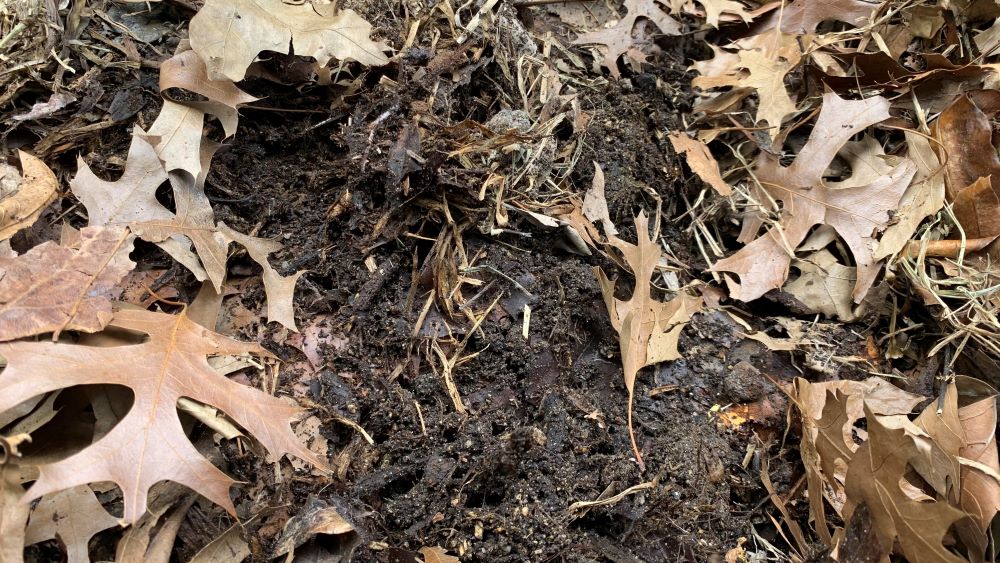
Compost bags
Compost bags are made from natural materials and are used to make compost in your home garden. Fill then with fall leaves, straw, hay and food scraps and you can make your own compost. These bags are great for collecting leaves and can simply be filled and left in your garden over winter. By spring you will have a rich compost ready to add to your flower or vegetable garden.
Check out this compost bag from Amazon.

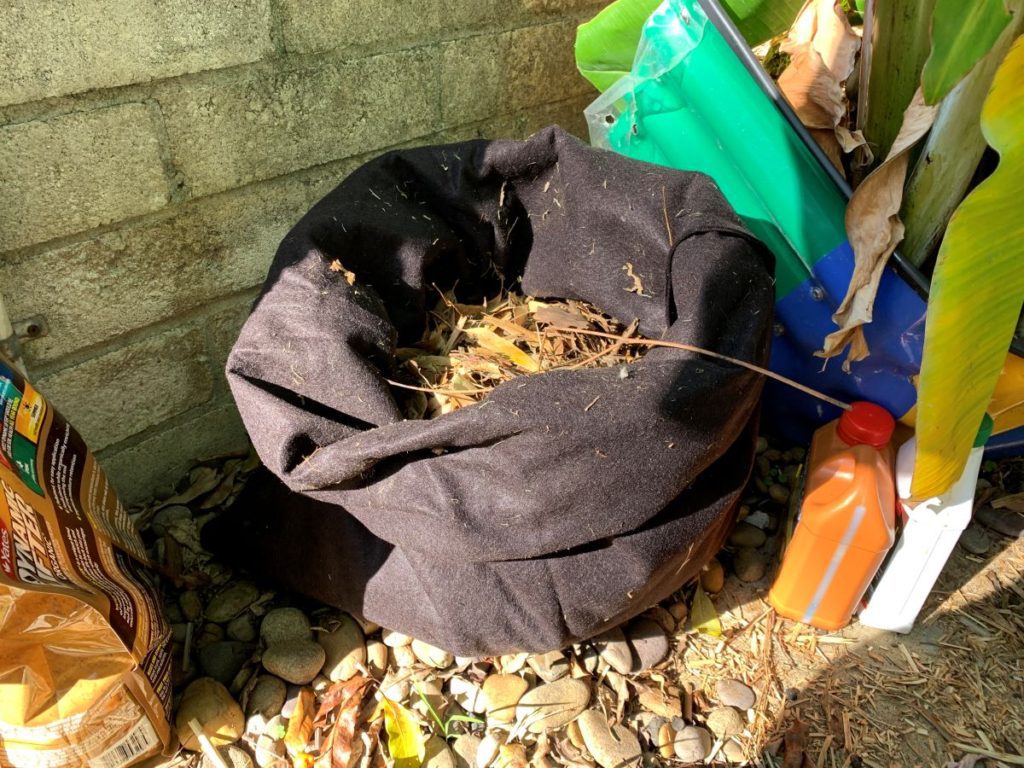

What to put in a compost bag
You can fill your compost bag with a range of ingredients including fall leaves, straw, pea straw mulch, bark mulch, food scraps and coffee grounds. Here are some great ways to fill your compost bags.
Fall leaves
You can make great compost in a eco compost bag with 100% fall leaves. Collect fall leaves and fill your bag to the top. Push the fall leaves down to fit as much as you can. You will then simply fold the bag over the top and leave it in a cool spot in your garden until spring.

Making compost using 100% fall leaves means you will not need to mix the ingredients when you add them or during the composting period. You may find a small amount of leaves on the top of the bin that have not completely broken down but these can be added back to your next compost bag or mixed in.
Food scraps
Use food scraps in your compost bag to add extra nutrients. When making compost with food scraps, make sure that they are mixed with straw, sugar cane mulch, bark mulch and fall leaves. Green materials like food scraps can make up to ¼ of the mix and will break down best when mixed through.
You can use a compost stirrer or tip the whole bag out and stir it in a wheelbarrow. Add the mix back to the bag to finish breaking down.
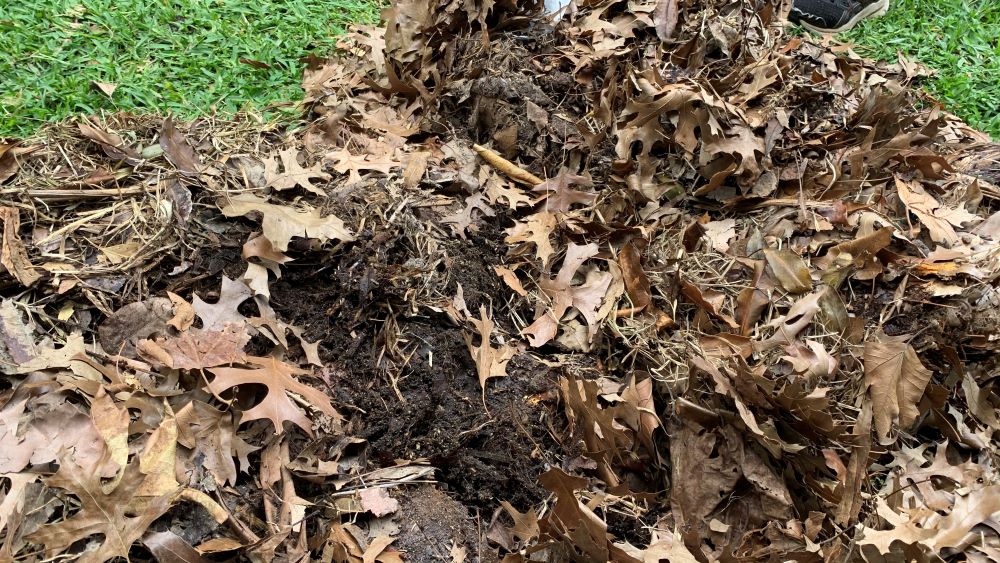
Coffee grounds
Coffee grounds can be added to the compost bag mixed in with fall leaves or brown materials. Coffee ground are carbon rich and will supercharge your compost. Microbes will love to break down the fall leaf and coffee ground mix.
Benefits of compost bags in a small garden
Compost bags are the perfect way to make compost if you have a small garden space. They are flexible, movable and will fit into small gaps to be kept out of your way. If you have a small garden space then a compost bag is the perfect way to recycle food scraps and other garden waste. The bags are small so can be moved around if you find they are in the way.
Compost bag materials
Choose a compost bag made from an eco-friendly material. Mine is made from a vegetable bi-product which makes it a sustainable product and ideal for dry or damp compost materials. Choose a fabric that is non-toxic so that you don’t add any harmful chemicals to your compost.
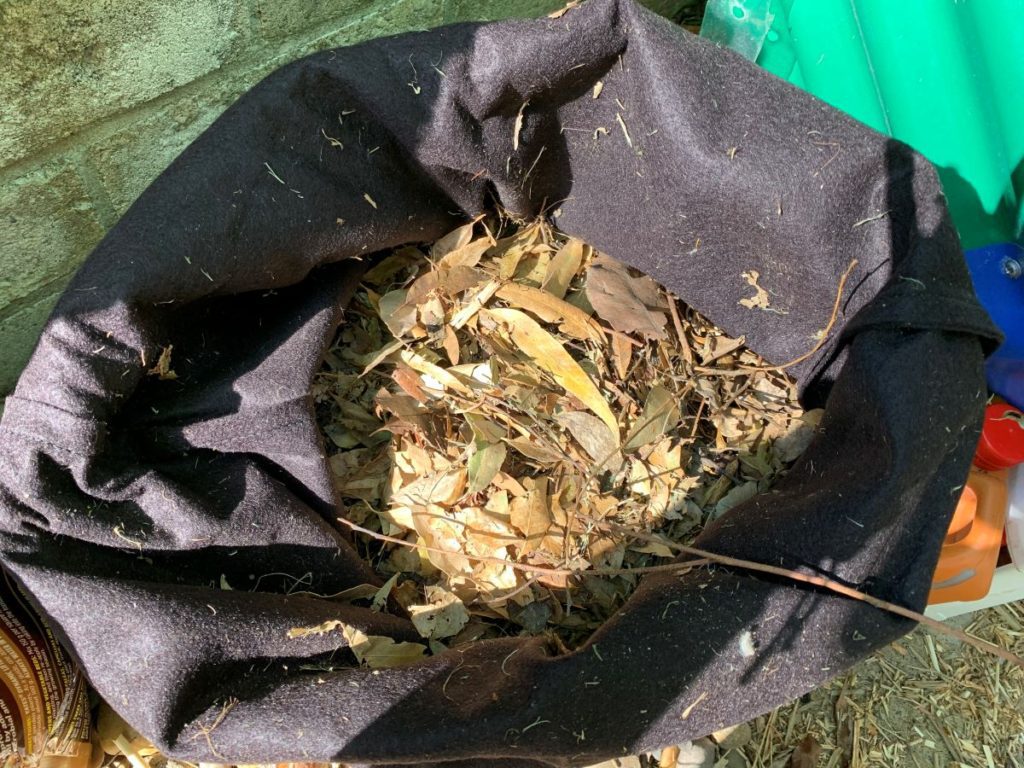
It is important that the bag is made from a natural material which will break down over time The material the bag is made from can be mixed in as compost and added to your garden beds.
Alternatives to compost bags
If you can’t find a compost bag then there are other alternatives that will work to make compost in a small area.
Hessian bags
Hessian bags are a great option to make compost in. The natural material will break down, allow water to drain through and will flex with the shape of your compost. Hessian bags can be filled with fall leaves, straw, hay, dry tree trimmings and food scraps to make a great compost.
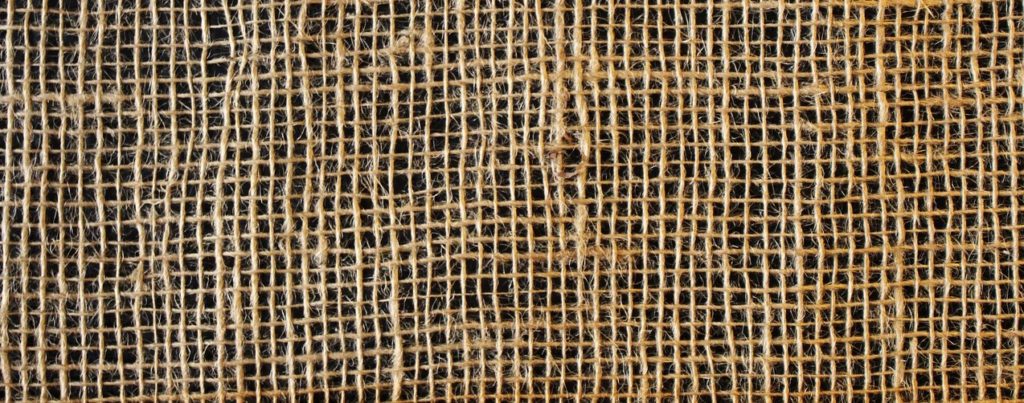
Cotton bags or pillow cases
For a tiny compost fill a pillow case or cotton bag with compost materials. You can use this to break down fall leaves or other natural materials in your yard. Over time, the cotton pillow case will break down but will work well for around 1 year as a small compost bag. Cotton pillow cases also make great worm farm blankets.
What not to put in a compost bag
It is important to remember that there are ingredients that you should not put in a compost bag.
- Meat, fish, dairy or poultry
- Bread, biscuits or cereals
- Dairy products
- Fats, grease or oils
- Diseased or pest-infected plants
- Weeds or grass with seeds
- Pet waste: from dogs or cats
Foods listed above including meats, breads and dairy will all attract pests and can cause a bad smell over time. Rats, mice and flies will be attracted to the compost if you use those foods above.
Don’t add plants with disease, pests or seeds as the small compost bag will not heat up enough to kill them off. To compost these ingredients, check out my hot composting article.
Composting bags – Summary
Composting bags are a new way to make compost in your backyard. They are great for small backyards but are a great addition to any backyard where you are looking to create compost. The benefit of composting bags is that you can use the same bag to collect the compost ingredients and leave them in the bag.
If you are out collecting fall leaves, put them straight into your compost bag and leave them in a shady spot. By next spring you will have fantastic compost for your garden.
I am an accredited practicing dietitian, experienced gardener and a dedicated cook. I love writing and sharing my experience so you can learn from my successes and mistakes.

Comments are closed.